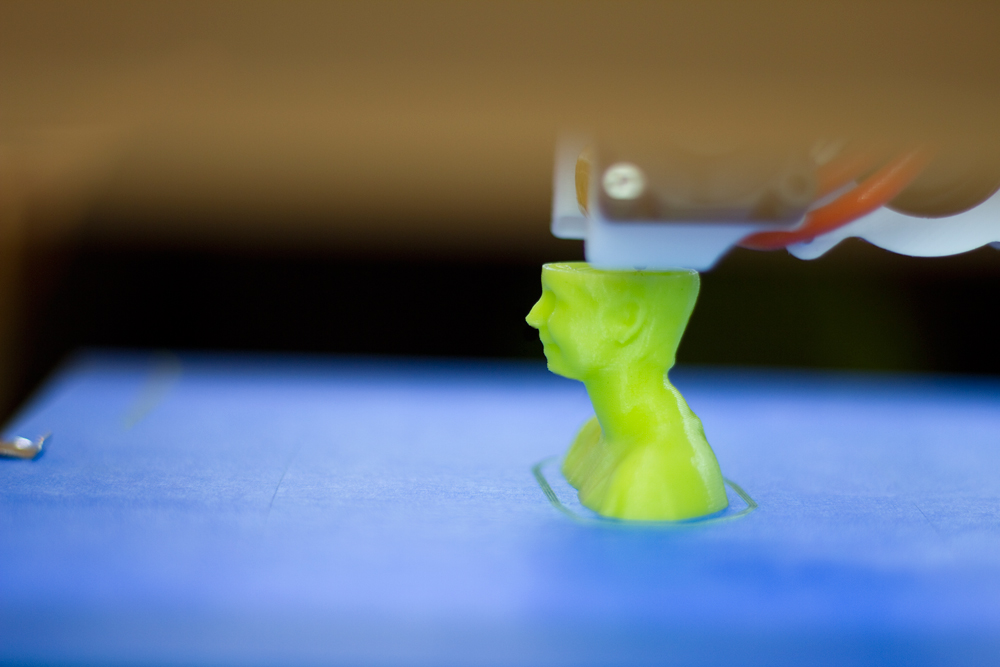Here’s a shopping tip that won’t actually help you make any purchases, but will help you quantify the pleasure associated with them: don’t concern yourself with the merchandise a store has. Instead, figure out what you’re lacking.
If you’re hungry, is there an in-store café at which to eat?
If you find the perfect pair of trousers but they’re a smidge too long, is there a tailor on standby to hem them?
Is there a range of in-house lines to suit your various moods and levels of discretionary spending?
These are items that a branding consultant might describe as your in-store experience, and Simons cares deeply about your in-store experience. Simons is not, strictly speaking, an expensive store, but its anticipation of your needs could fool you into mistaking it for one. The Quebec retailer recently started expanding westward across Canada, opening locations in Ottawa, Edmonton, Calgary and West Vancouver. Last Friday, I visited Mississauga’s Square One shopping centre to see Simons’s new 113,000-square-foot branch, which is all bleached wood, glass walls and every other thing you could possibly want—including art.
As I arrived, Douglas Coupland was holding court in front of a shining chrome atrium on the store’s second floor, nestled between a Brendan Tang sculpture and the men’s suiting department. (The look for summer 2016: cantaloupe and navy blazers atop busy button-downs.) He was preparing to greet Mississauga shoppers, who were lining up to be 3-D printed for his latest project, 3DCanada. (Or, most of them were lining up to be printed; “some people just want to meet him,” an elegant PR rep told me and the other journalists, who all cover lifestyle and design, on our press outing.)
3DCanada is classic crowdsourcing. Coupland makes scheduled appearances at Simons locations across the country and spends a day or two at each store scanning the masses. Every subject gets to take home a miniature version of their visage, while Coupland gets hundreds of participants’ data, which he’ll whittle down to a selection of busts that will become part of an artwork installed in (where else?) a Simons store in 2019. An added benefit: 3-D printing is fairly slow, so you get to come back the next day to pick up your bust.
This project fits well with Coupland; malls famously fascinate him. They fascinate me, too. I never feel quite as hopeful as I do when I’m looking at a backlit store directory. I think it’s the anticipation that malls offer: the promise that you could become anyone if you just spent enough time in one.
This built-in aspiration to self-reinvention makes malls the ideal spot for a crowdsourced project involving 3-D printed portraits. The promise of a miniature version of your exact likeness appeals to any low-level narcissist. As I sat in a chair waiting for my own scan, my hopefulness became a risible excitement. “We’ve been getting a lot of straight-on poses, so, with your side-swept hair, maybe try looking off to the side or something,” said Coupland, and a technician slowly began guiding a scanner around my head.
Once the scanning was complete, my 3-D image appeared almost immediately on a computer screen. Ghostly white (the busts are meant to have a Grecian quality), I looked, all at once, like myself yet entirely different: a little tired, more than a little asymmetrical, and oddly waxen and globular.
“I’m not sure the scan properly captured me,” I told a friend later.
“Maybe you just don’t know what you really look like,” he replied.
Malls let us display ourselves, or remake ourselves, but never fully behold ourselves. Slimming mirrors, flattering lighting, the overpowering scent creeping in from some distant Bath and Body Works. Malls are loci for self-imaging, but self-imaging of an abstract sort—us as we might be, or as we would like to be. Not so with 3-D printing.
Seeing yourself in the round is an especially unflattering proposition today, when every person who has a smartphone or Instagram account or Facebook profile knows their angles better than their PIN number. Kim Kardashian only swims in the ocean at seven in the morning when she’s in Miami—it works best for pictures. This makes sense. Kim knows what makes a body work, and how making a body takes work. She takes this knowledge to its most extreme, but we almost all have some of that wisdom.
When you control images of yourself with a Mariah Carey–esque precision, the universally unforgiving world of the 3-D print offers a nasty jolt to your vanity’s equilibrium.
Looking at the screen, I resolved to start taking my appearance a little more seriously. I went shopping the next day.









